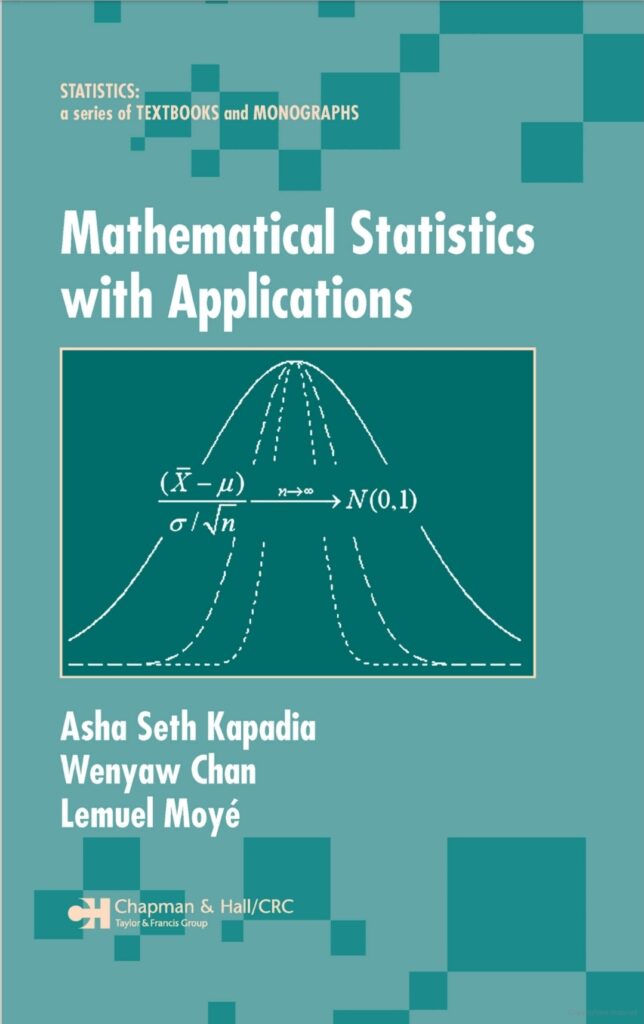There is a larger, available audience of students whose needs are not met by the available textbooks in mathematical statistics, but who nevertheless must gain an introduction to this complicated topic. Educators, environmental researchers, behavioral and biological scientists, applied mathematicians, astronomers, physical scientists, public health researchers, quantitative scientists, engineers, and computer scientists, among others, desire to learn mathematical statistics. In our view, this larger audience is not well served by the available books on mathematical statistics with their traditional approach. Mathematical Statistics with Applications is a textbook that provides graduate and advanced undergraduate students in mathematical statistics with a solid grounding in the prerequisite mathematics and the necessary exposure to mathematical statistics.

Limiting approaches, or asymptotic distribution theory is the study of the properties of random variable sequences. While this aspect of statistical theory is a rigorous, and intellectually stimulating body of knowledge in and of itself, its utility in the realm of statistical applications is a question worthy of a detailed answer. There is no doubt that statistical distribution theory with its concepts of limits and weak vs. strong convergence is challenging. The question is whether its study is useful.

Concepts of probability and statistics surround us. One need only casually peruse a local newspaper on any given day to appreciate the role of statistics in conveying information about our environment. Projections commonly appear concerning the impact of global warming on our ecosystem. Pollsters attempt to learn the moods of a populace by taking a survey. Estimates of the financial and human costs of a future war are attempted and reported. Clinical investigators work to learn the effect of a new therapy developed to prevent strokes in patients with diabetes mellitus. For each of these circumstances, the forecasters, the pollsters, the predictors, or the experimenters attempt to discern facts based upon a relatively small database whose primary utility is that it is available and can be currently measured. The environmental scientist works to learn about future temperatures on earth by estimating past temperatures and measuring future ones. The pollster cannot obtain the responses of the entire national population, but he can gauge the mood of a few hundred respondents. The forecaster cannot know the impact of a future conflict with all of its uncertainties. Instead, she attempts to project findings about current economic systems and the destructive power of modern weapons. Finally the clinical experimenter is interested in generalizing a research finding that is based on 600 patients to a population of twenty million patients with diabetes mellitus. In each of these circumstances, the worker is attempting to generalize results from samples they can measure to populations that they cannot measure.
